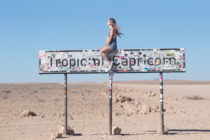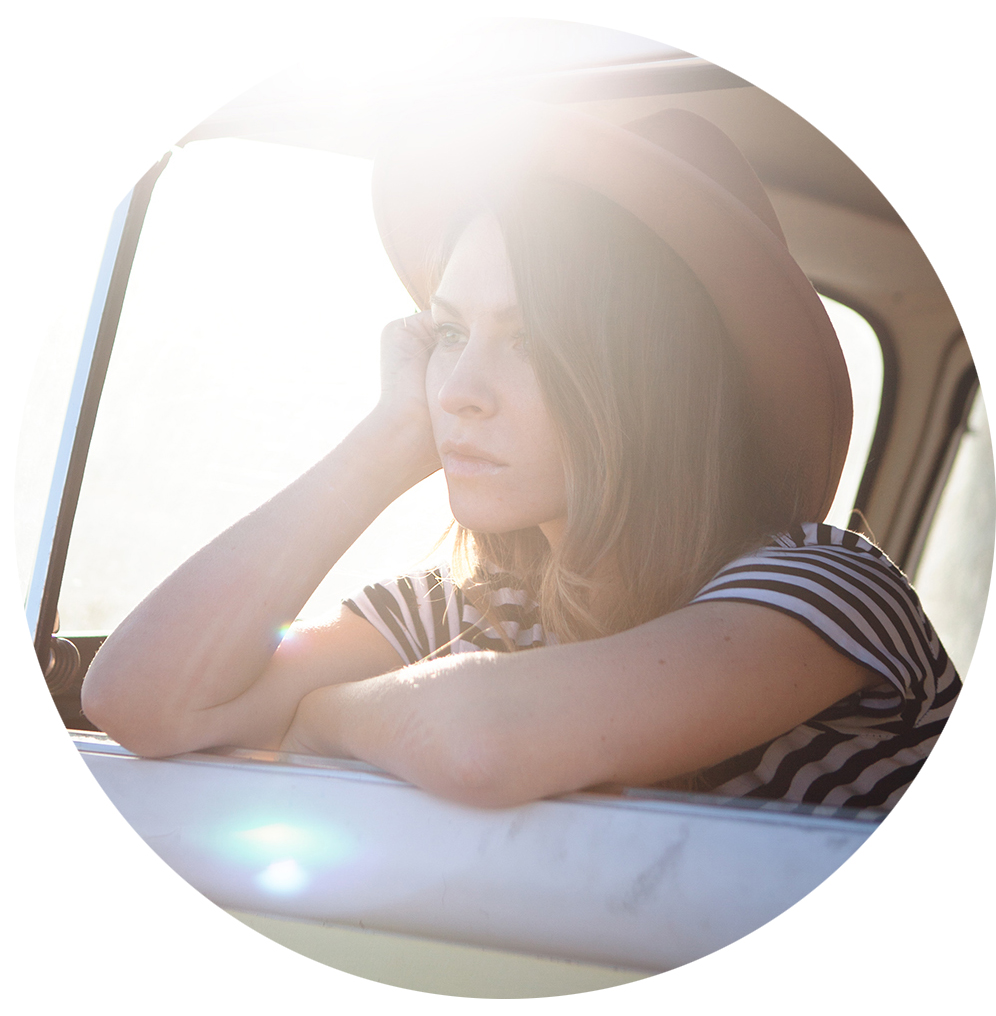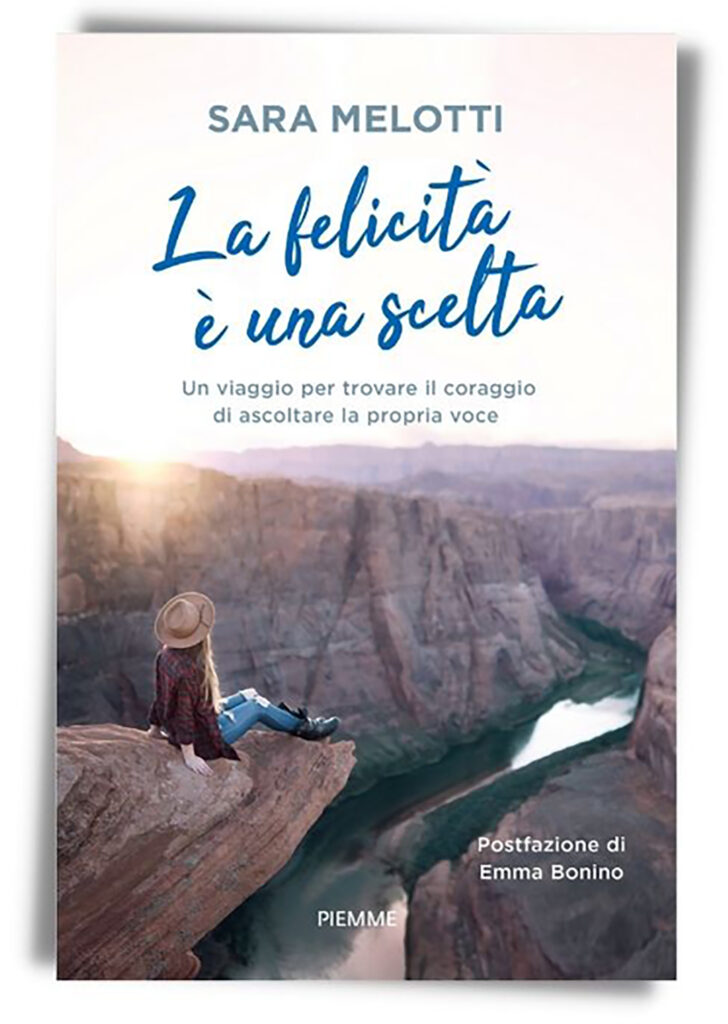Namibia, Another trip, another dream come true!
A few weeks ago I finally managed to set foot in Namibia, another country i dreamed of seeing for quite a while.
Surrounded by Angola, Botswana, Zambia, South Africa and the Atlantic Ocean, Namibia is a relatevly new country (ex German colony, then passed under the ruling of South Africa—and apartheid—it reached independence only in 1990) but with an ancient soul, a soul you can breath in its deserts (the Namib desert is the oldest in the world), in the miles of empty spaces that cross it and in its otherworldly lunar landscapes.
I was invited to this from Eden viaggi, an italian agency for a collaboration. this was my itinerary:
![]()
ITINERARY
WINDHOEK
Capital of Namibia, Windhoek counts 325,858 people and, like many other African cities, is divided in a more modern and rich parto of the city, and a poorer parto of the cities mostly made of slums, where 113,000 people live .
Even if it’s a convenient place to stop and rest once arrived in Namibia, or before departing, there’s not a whole lot to see in Windhoek beside the local artigianal market and the Christuskirche church. I didn’t spend much time in the capital in fact, after a quick drive through the city and a stop for lunch I headed to the Sossusvlei.

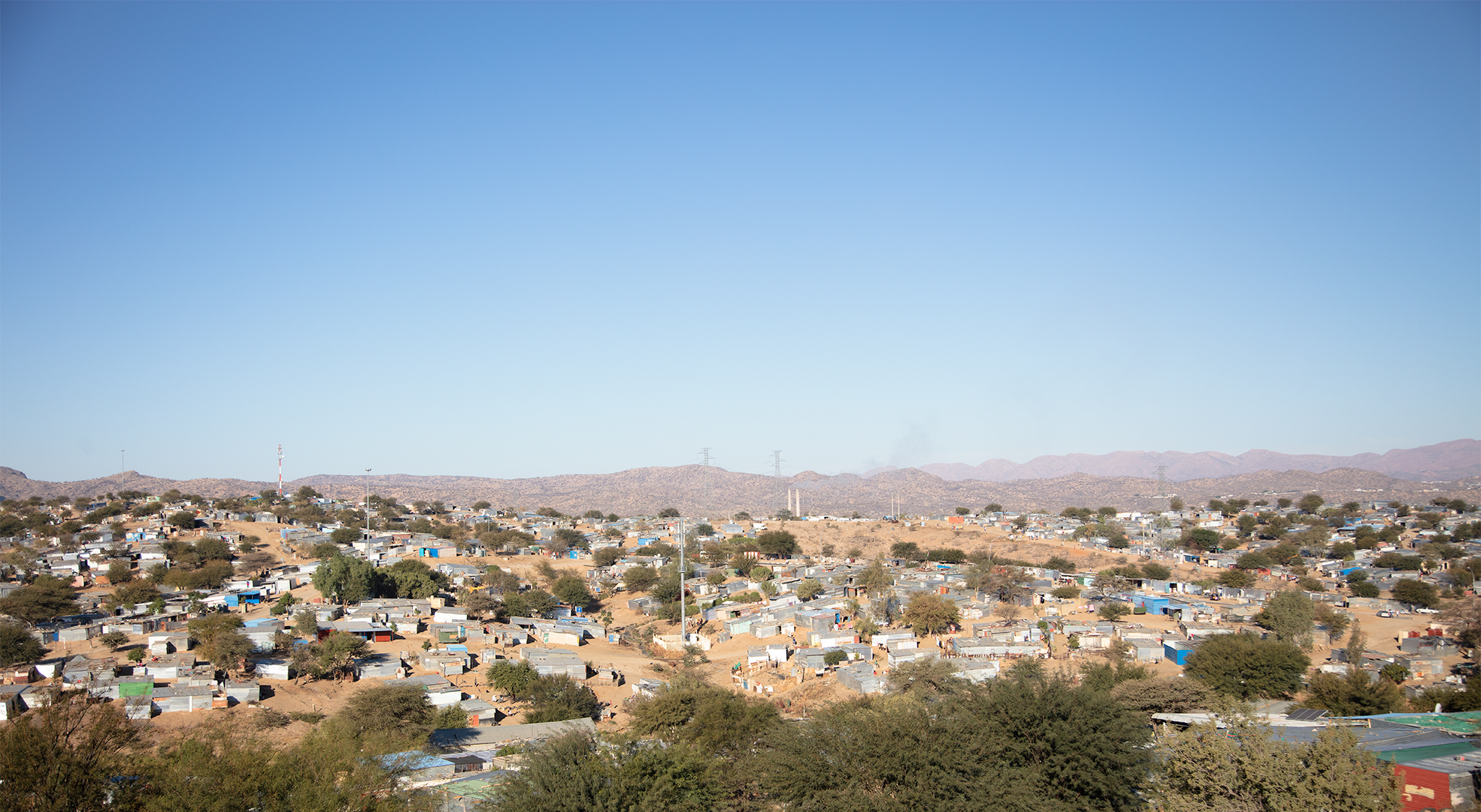

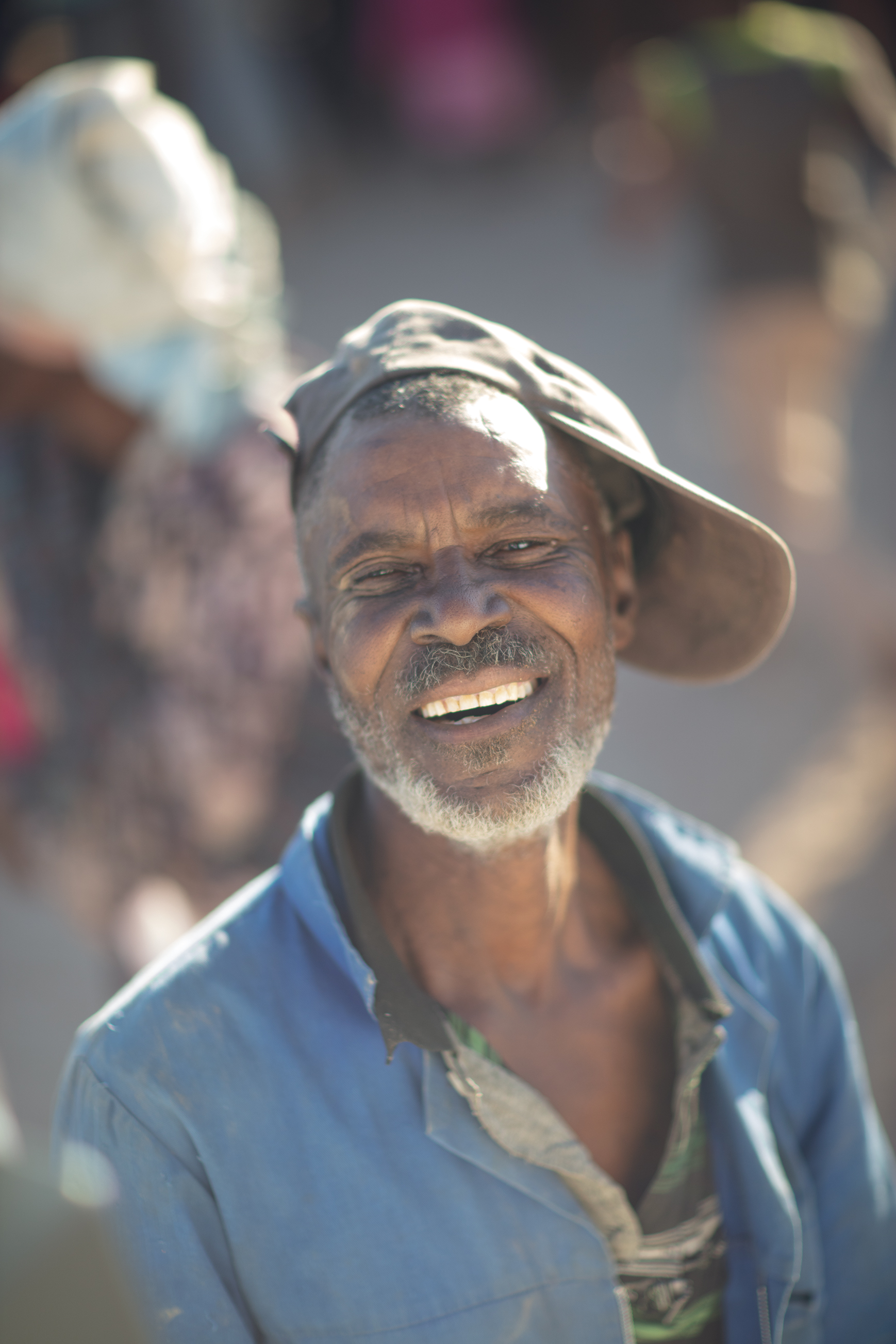
SOSSUSVLEI
I arrived at Sesriem—the gate that lets you into the park—after a 5 hours long drive. It was already dark, the starts were starting to decorate the nighty sky, the temperature had dropped quite a bit. We had dinner (obviously there was orice meat on the table) and between the complete absence of signal and being tired from the trip I took advantage of this dead moment to get some rest, the folllowing day one of the places most travelers dream to see was waiting for us.
Located in the Namib-Naukful National Park, in the Namib Desert, the area of Sossusvlei is characterized by its red, orange and pink dunes—among the highest in the world—and from the white saline pools that paint the soil white. Below are the main attractions.

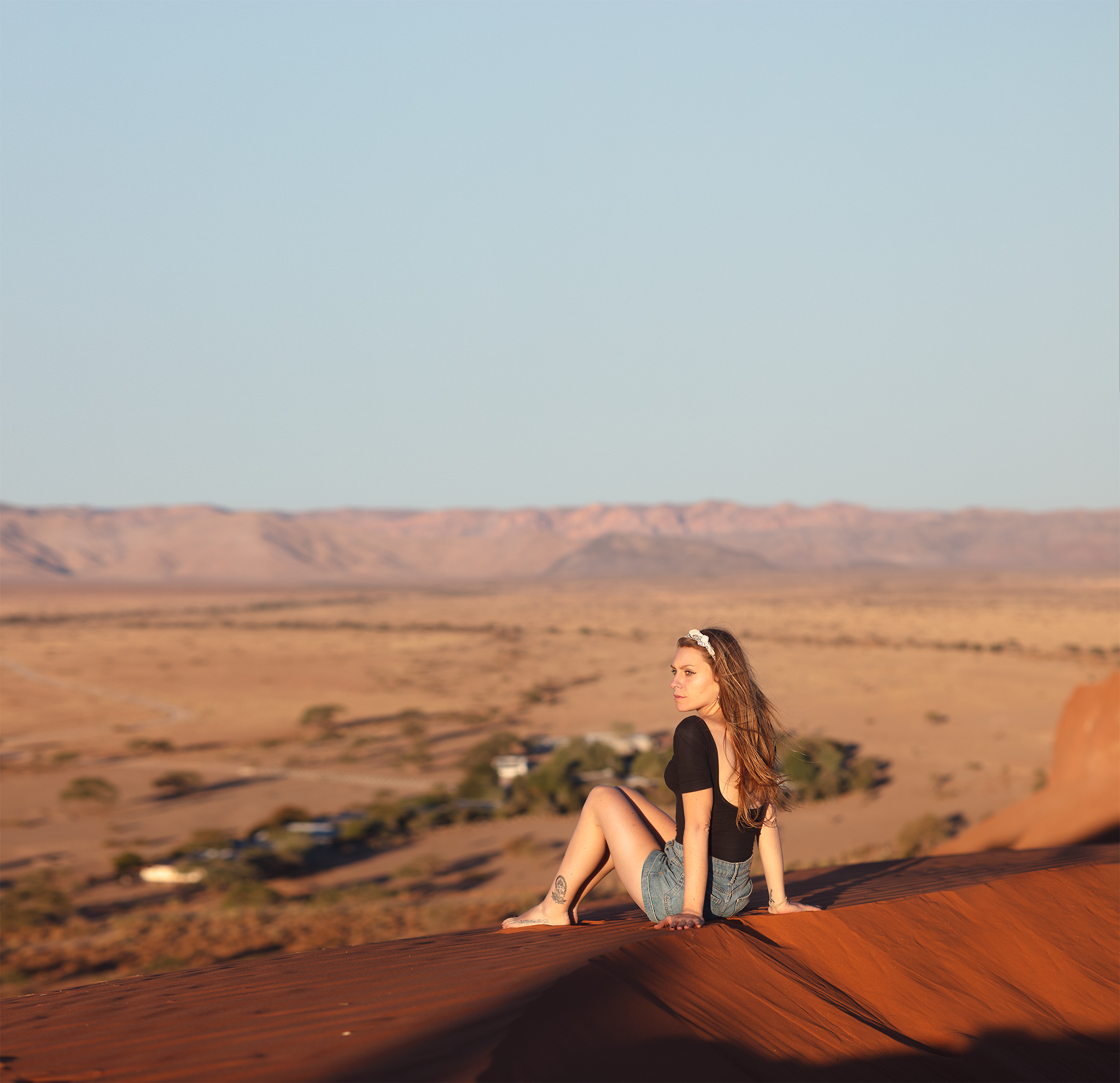
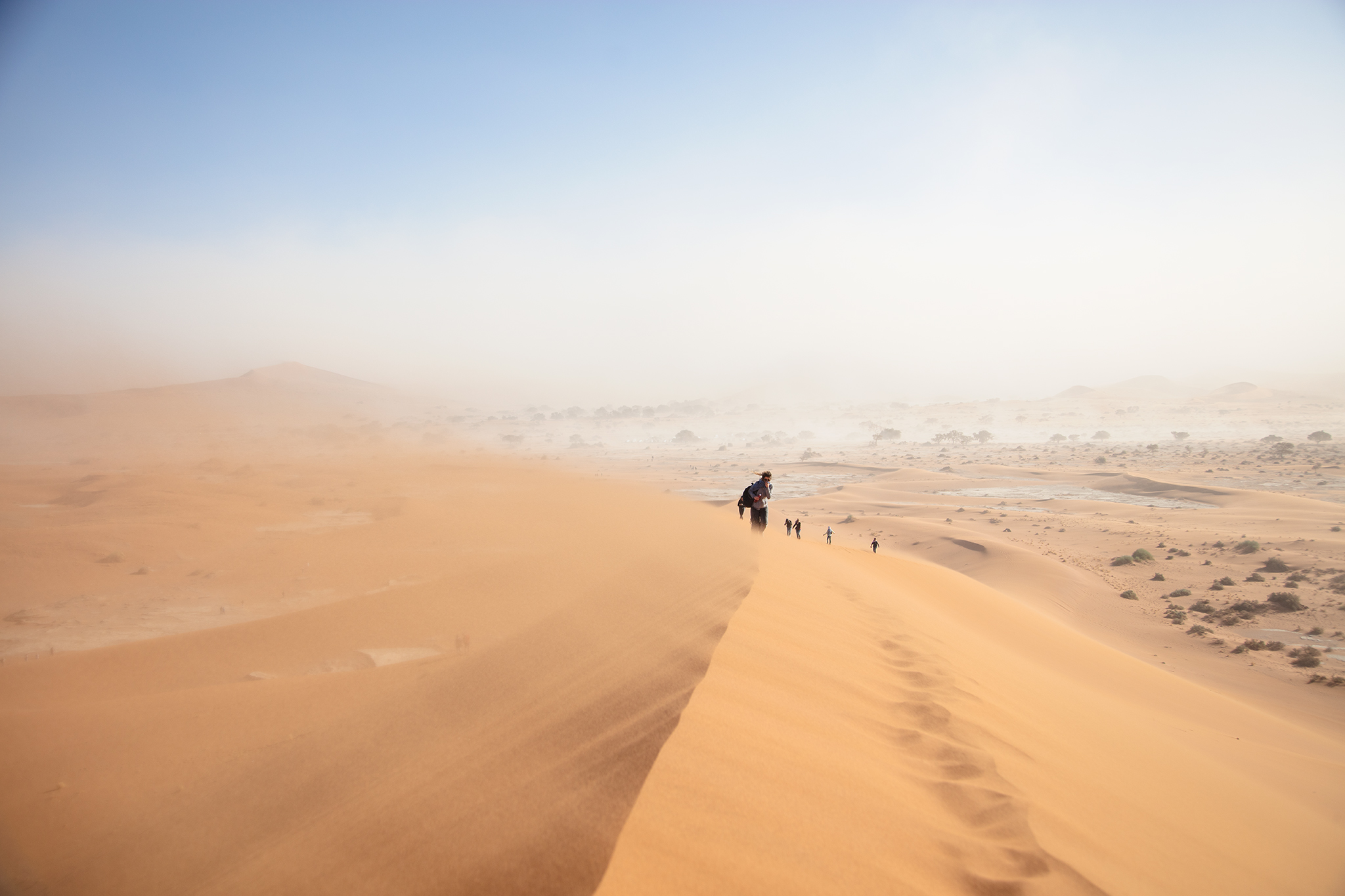
DEADVLEI
You’ve seen it a million times in pictures, it’s maybe the most famous postcard pic in the world. To get there we had to walk on the dunes, the wind was crazy, the send hitting my face painfully, my calfs were burning, but once I was there what I had in front of my eyes made it all worth it.
Deadvlei, mistakenly called Dead Valley,actually means Dead Swamp. Paved by white clay Deadvlei is a basin among the red sand dunes, where once ran a river that one day decided to change its course. The trees that inhabited the swamp died burned by the sun, but their skeletons remain today, 900 years later, to reign on the swamp like ancient guardians…then don’t tell me nature isn’t pure poetry!

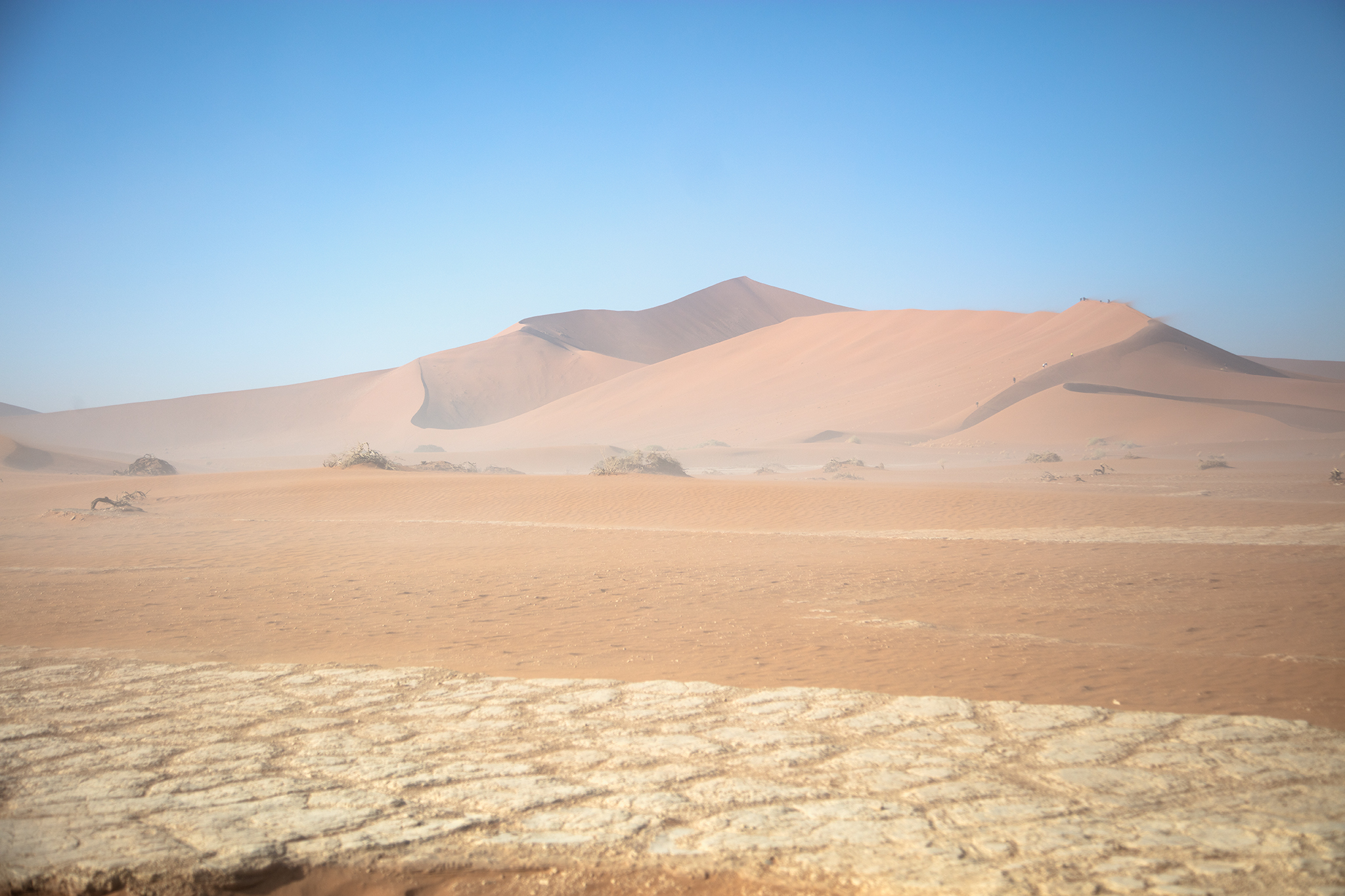

DUNE 45
It’s the most photographed dune in Sossusvlei—so photogenic because of the high contrast between the lit side and the side in the shade—it’s locatedat 45Km from Sesriem and you can see it from the main road that crosses the park.
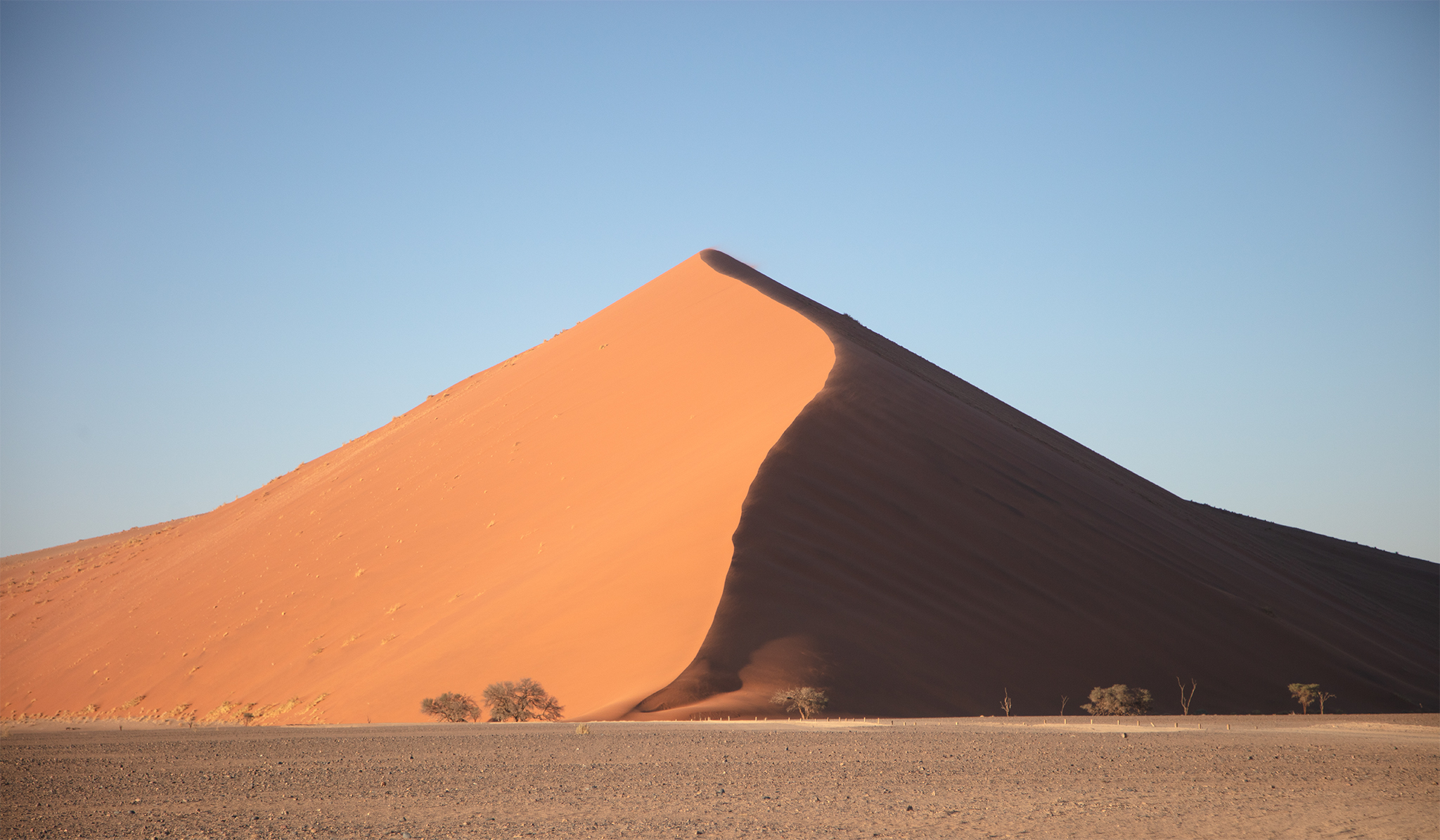
SESRIEM CANYON
The name has been invented by the first explorers that discovered the canyon, the name literraly means “six rawhide thongs” because they had to use a system of 6 leather ropes to extract the water from the canyon.
Sesriem Canyon, almost 1 Km long and 30meters deep , is one of the few places where you can still find water all year around. The canyon was formed by the course of the river Tschaub in over 15 million years.
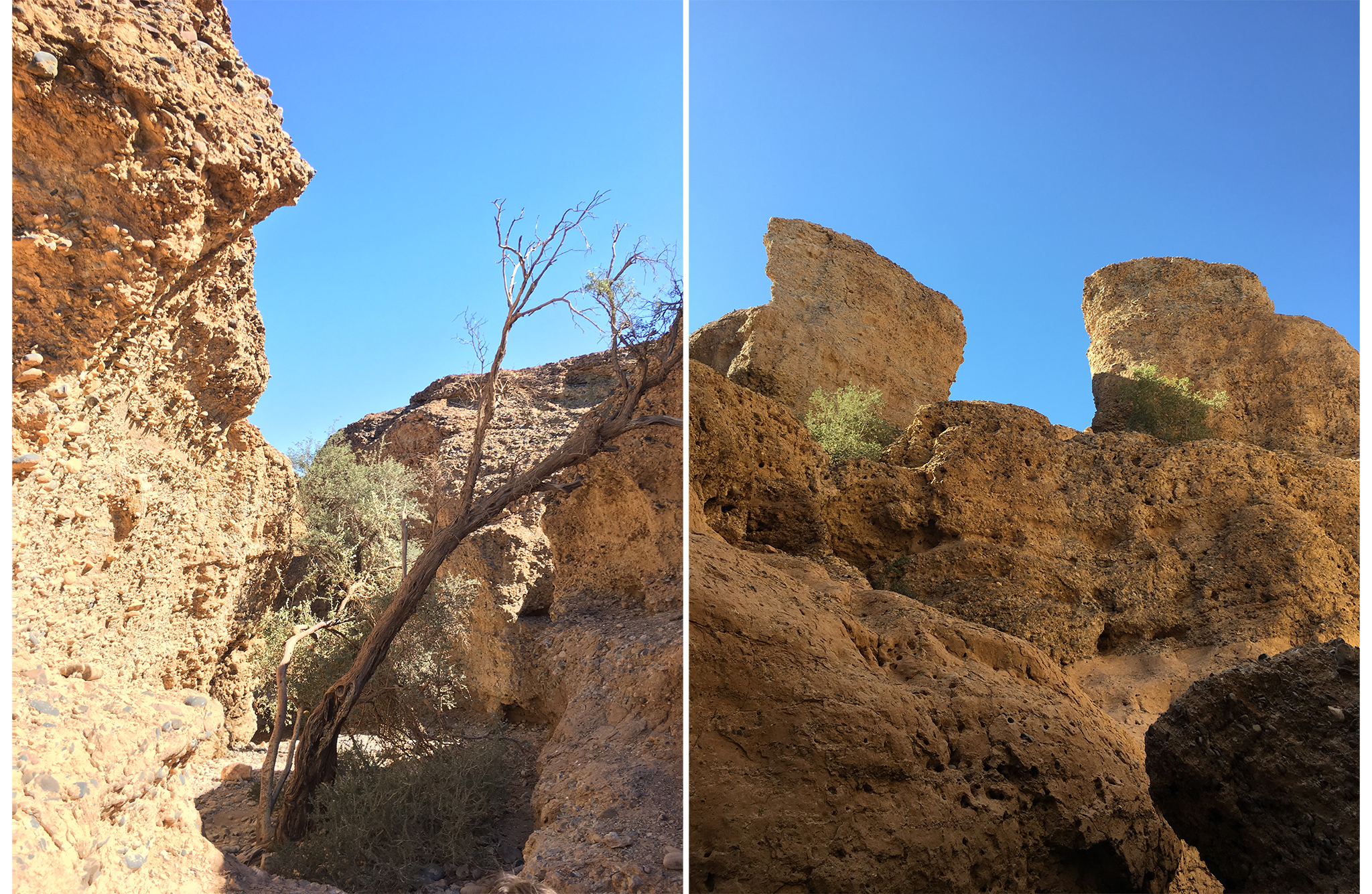
We spent 3 days in Sossousvlei and then we headed south, towards Swakopmund.
SWAKOPMUND
We got to Swakopmund after a 6 hours drive through lunar landscapes and breathtaking views, the contrast between the yellow sand dunes and the blue ocean on the Skeleton Coast were something i had never seen before.
Swakopmund is a small sea town located in the Namib desert, characterized from the germal colonial architecture. It’s not my kind of place, simply because it’s just a bit too touristy, but it’s a good place to stop and get some rest on the beach between one remote area and another. After one night in Swakopmund we hit the road again and headed to Damaraland.

DAMARALAND
Called like that because of the Damaras, one of the many ethnic groups in Namibia, Damaraland is a a rocky desert zone and home of a petrified forest, naby wild animals, and of the highest mountain in the country: the Brandberg, where you can find ancient petroglyphs.
We spent the afternoon exploring the Organ Pipes—vulcanic rocks—and the many graffiti and petroglyphs scattern all around the area. We slept in a nice lodge in the middle of the desert and the following day we headed towards Etosha National Park.

ETOSHA NATIONAL PARK
It’s the biggest wildlife reserve of Namibia, the name Etosha means “big white place”, in fact the saline desert soil paints the place white. We spent a few days on safari, like many other safaris I went on in the past (in Kenya, Tanzania and Sri Lanka), I’ve been very lucky and I saw zebras, oryxes, warthogs, springboks, elephants, rhinos, giraffes and even a lion (busy eating a gazelle). There’s nothing like seeing animals running free in the wild, it put everything into perspective.
After the last safari we left the wild behind us and headed back to Windhoek , where I spent the last night of this fast, but beautiful, trip.
Namibia is a country rich of beauty and full of landscapes and sunsets that fill your eyes and soul, I hope you’ll get to see it with your own eyes!
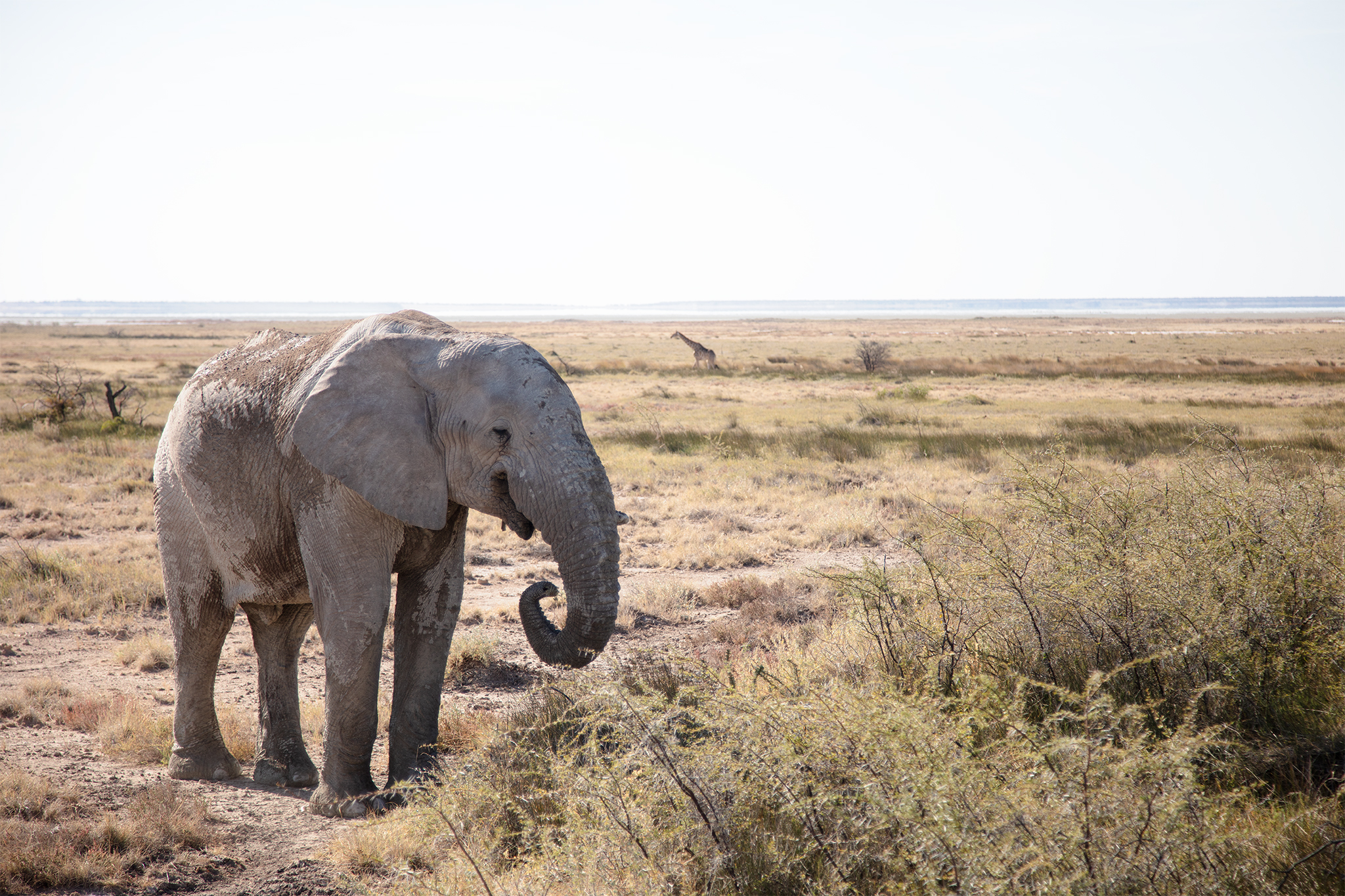


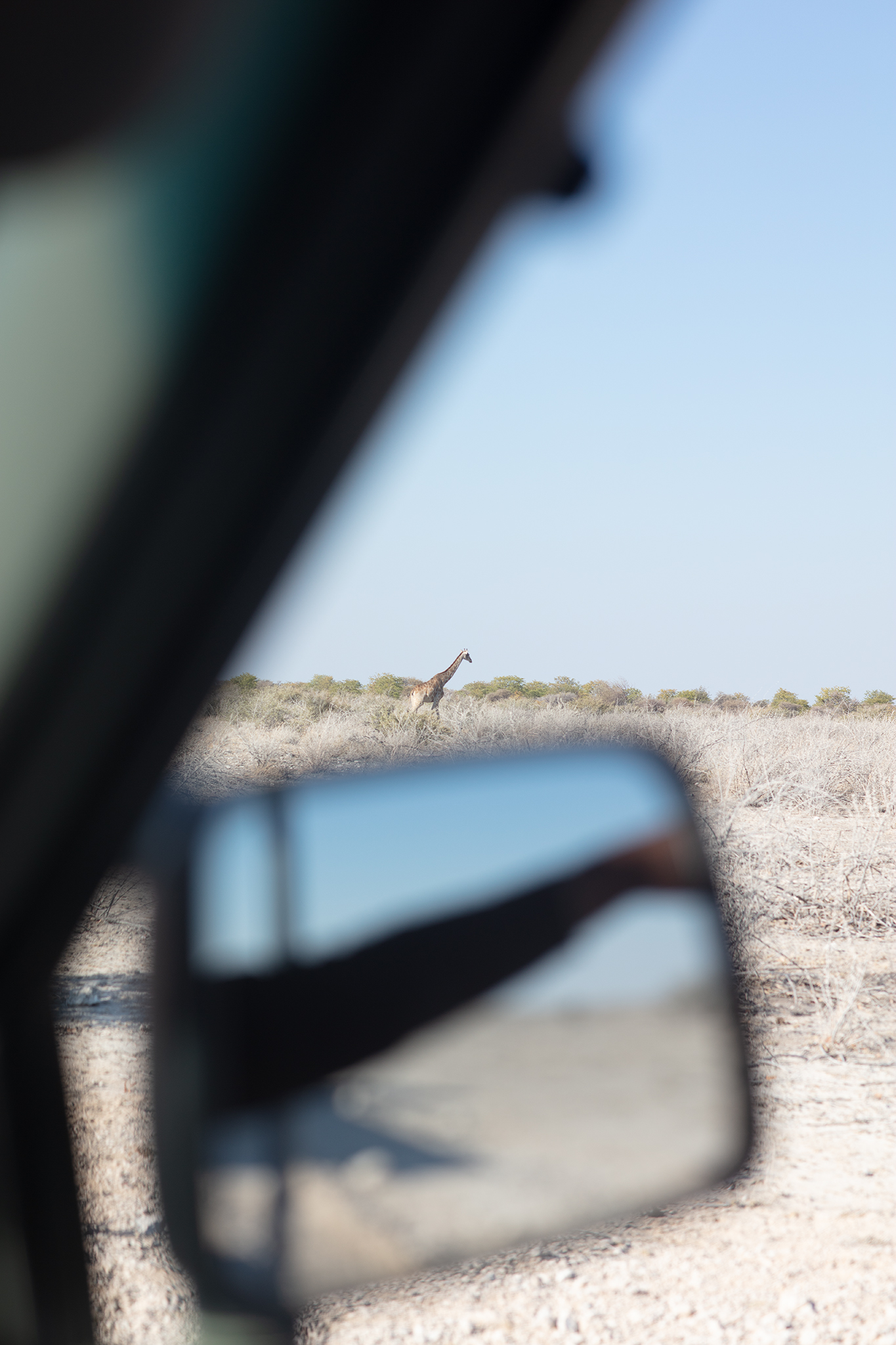
NAMIBIA INFO & TIPS
WHEN TO GO
You can visit any time of the year but the most enjoyable months are the winter ones(June to August), when the weather is nicer and it’s not too hot.
LANGUAGE
The official language is English but people also speak l’Afrikaans, Oshiwambo dialects and a small percentage also speaks German.
ETHNIC GROUPS
In Namibia there are many ethinc groups, the largests are the Ovambo, the Kavango, the Herero and the Himba.
There’s an important thing to understand: the Himba (you probably saw picture of them on Natgeo and such) are an ethnic group allocated in the North, towards the boarder with Angola, and only there you’ll find the most authentic villages. Many Himbas moved toward the south and settled in villages closer to the touristy areas to make a living off selling souvenirs and get paid to be photographed.
*NOTE: Don’t ever pay people to photograph them, it’s just wrong and doesn’t do good to anyone. Often is enough to spend time with people, let them get to know you a bit before flashing the camera in their faces. It’s important to establish a human connection, you don’t need to pau, you just should treat people like people and not like zoo’s animals.
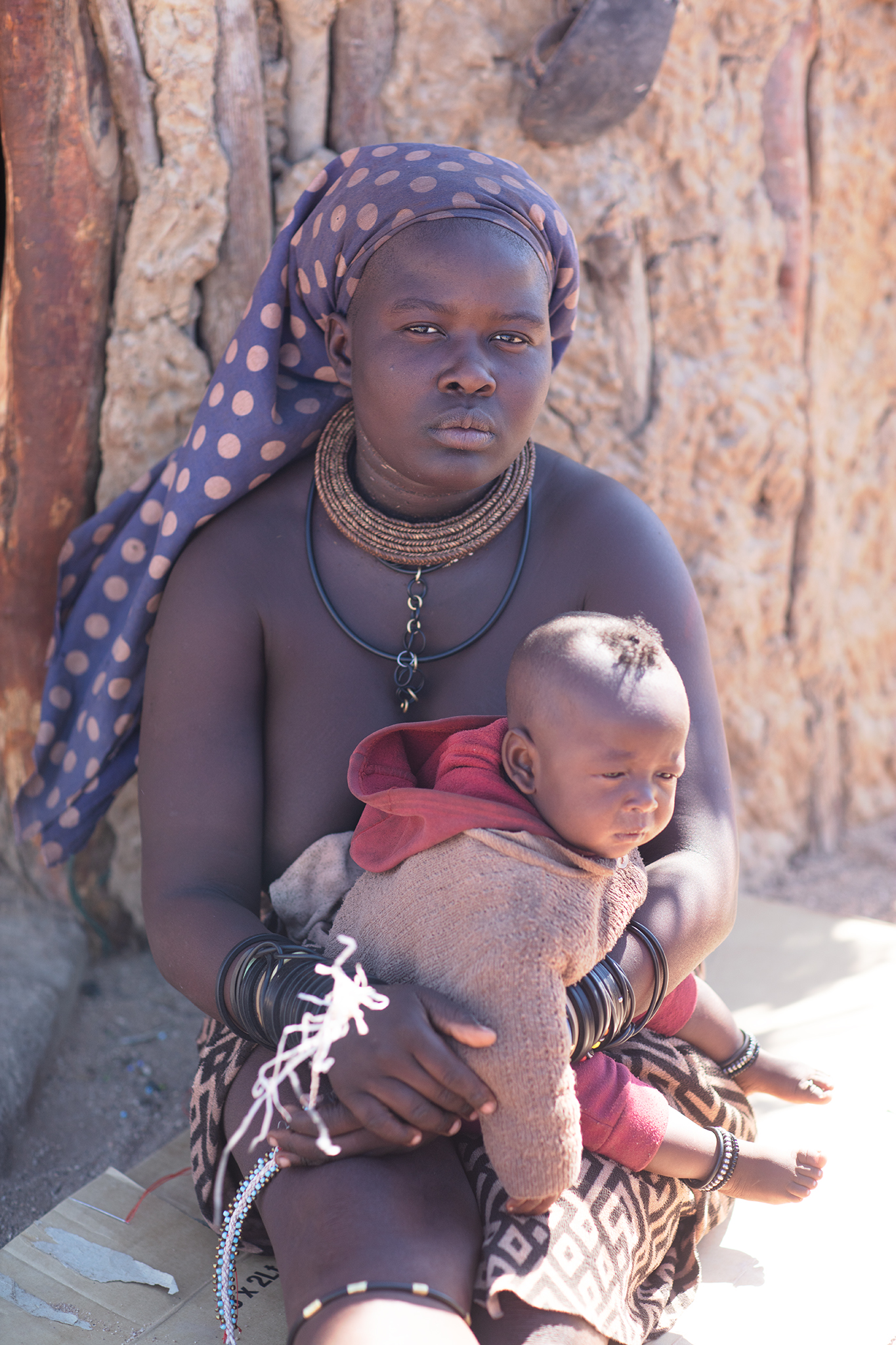 ù
ù 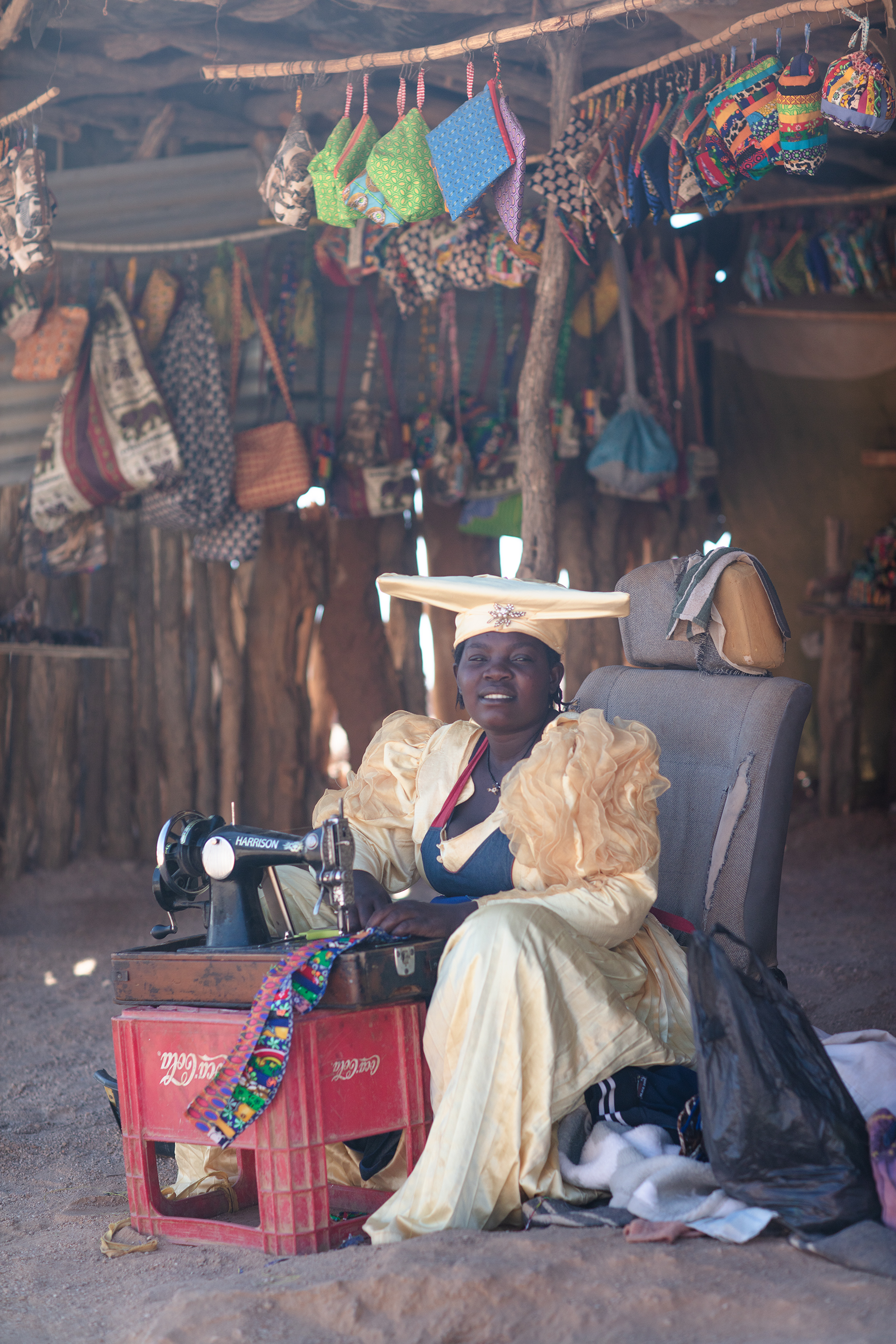
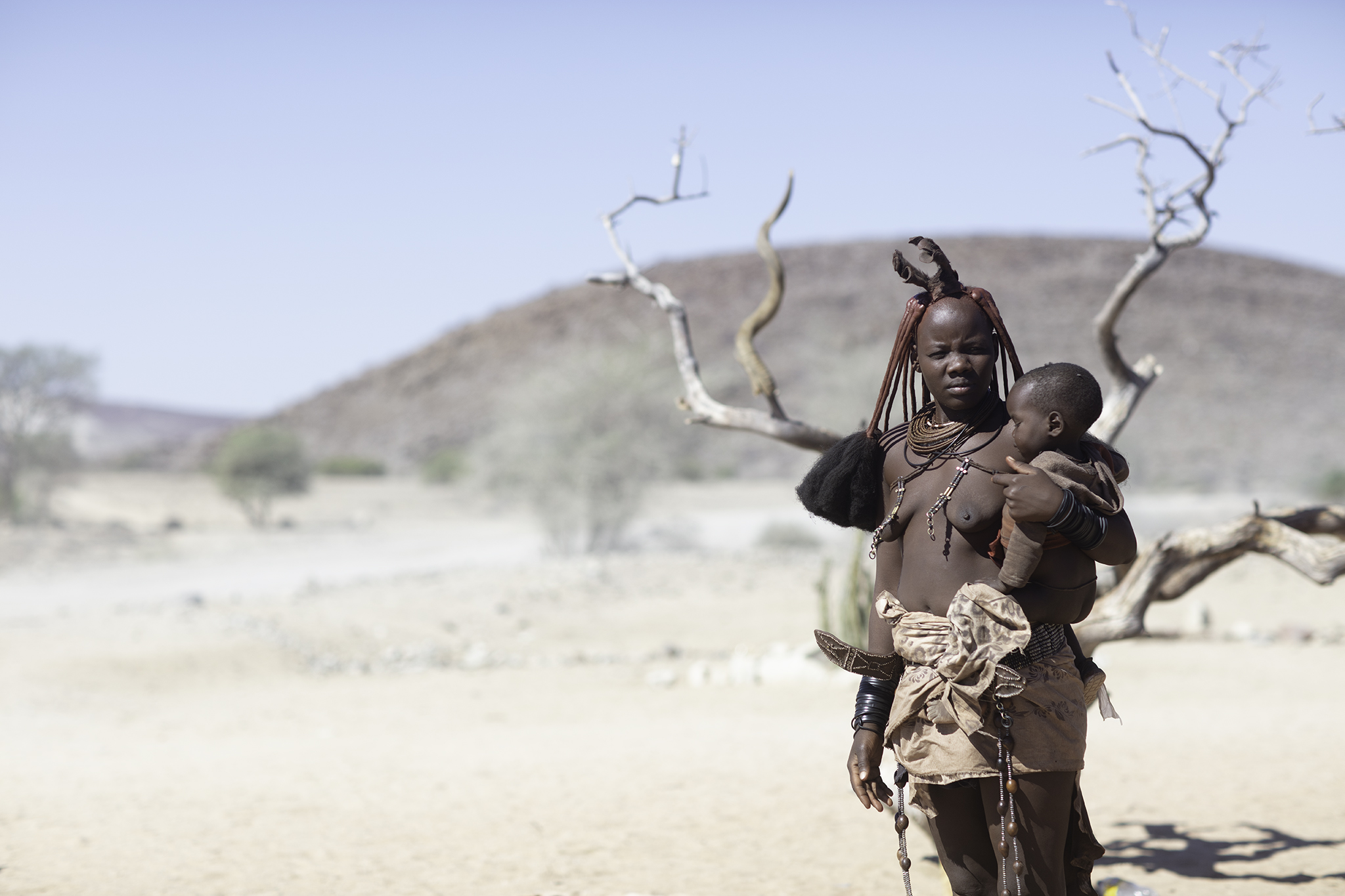

MONEY AND CARDS
The official currency is the NAMIBIAN DOLLAR but often they use also the South African Dollar. There are ATMs and money exchange offices in all the major cities but it’s best to keep some cash on you.
SAFETY
It’s super safe!

a huge thanks to Eden Viaggi for making this trip possible, as usual all opinions are my own.


